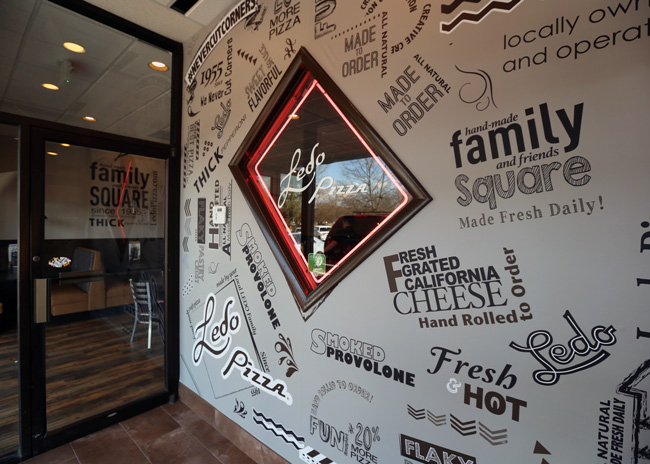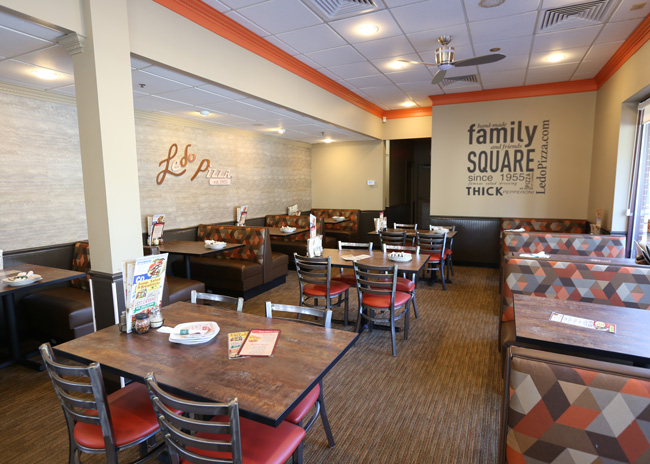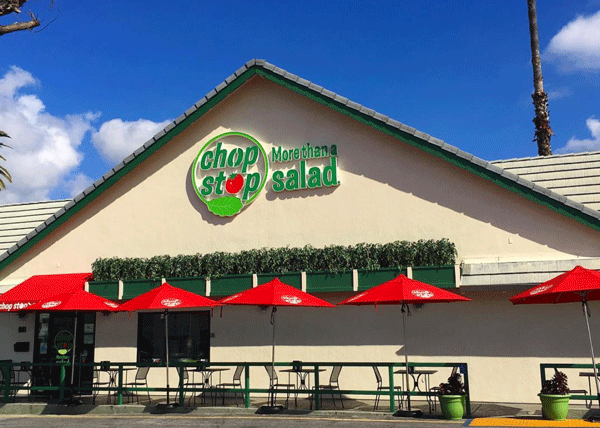Ledo Pizza is converting restaurants into its own brand faster than ever.
“We’ve always done it, but with COVID, the availability of sites is much stronger and there’s a lot more potential,” says Mike Conway, COO. Before COVID, he says, around 30% of the Annapolis, Md.-based brand’s restaurants were second-gen locations; now it’s closer to 65%. The brand has 106 locations on the East Coast and plans to open 12 to 15 more this year.
Converting a restaurant rather than building it from the ground up typically saves time and money, Conway says, with the goal being to save on both.
Here he shares four best practices for converting restaurant spaces into a new brand.
1. Assess the site.
First, look at why the former restaurant went out of business, Conway says. It could be that the site is simply not suitable for a restaurant. Pay particular attention to restaurants that are similar to yours; another pizza restaurant is typically easier to convert to a Ledo than another type.
Also, look into the age of the building you’re considering; the older it is, the more likely there are problems. And research the cost of bringing an older building up to code. Codes are constantly changing, and it can be very costly to update an old building to today’s standards.
The most important thing to look into is the infrastructure of the new building — the plumbing, mechanical and electrical. “The more of the existing infrastructure you can use, the more savings there are,” says Conway, though he adds that generally there are still savings if you have to reconfigure or update certain things.
Conway brings in the same general contractors to examine the building who will ultimately be working on it if Ledo goes ahead, so the contractor can assess everything that could go wrong in advance.
Remember, he advises, “prior planning prevents poor performance.”
 Images courtesy of Ledo Pizza
Images courtesy of Ledo Pizza
2. Research the market.
Ledo Pizza finds new restaurant locations in a variety of ways. Sometimes a broker or a franchisee tells the company of a restaurant that’s gone out of business that might make a good Ledo location. Other times, Ledo may wish to enter into a specific market so the team starts to search for sites.
Either way, it’s really important to research the demographics, says Conway. He looks primarily for a broad market. “Generally, the better the mix in the population, the better the market,” he explains.
Look into whether your core audience lives there, look at how they get around, how much disposable income they have, and how often they eat out.
Ledo also runs feasibility studies on sites. Large chains usually do this internally while mid-size chains turn to companies that specialize in this.
Conway also assesses market competition, though he says “in our core markets, it’s less of a consideration than in a more fledgling area.”

3. Watch for red flags.
Certain problems mean a site is not going to be a good fit to convert into a new restaurant, typically due to the cost to repair or replace things. Antiquated sewer systems, grease traps, outdated ventilation/HVAC systems, and infrastructure that needs ripping out, are all red flags that may mean an operator wants to forego a site, Conway says.
“If there’s nothing usable, you’re creating more of a cost because you have to tear out before beginning, which can be more expensive.” However, he points out, if a location is A-plus, “sometimes there are no deterrents.”
4. Be flexible but understand your concept.
Ledo Pizza locations are in shopping centers, are freestanding, and are in strip malls, so they go into almost any kind of building.
“You have to have a lot more creativity when working with an existing restaurant than when building from scratch,” Conway says.
But, at the same time, know what isn’t negotiable. For Ledo, the pizza line is vital “and that’s one thing we really can’t experiment with, and we try to keep that in one of two models that we know work,” Conway explains. But prep areas, storage space and setting can all be reconfigured as needed.
For urban stores, Conway likes to ensure there’s easy access into and out of the restaurant for pickup orders and that they flow well.
The flow needs to be efficient and production is paramount. “When you put the design together you need to know when the limitations imposed by the physical plant are too much to guarantee the successful operation of the unit.”




